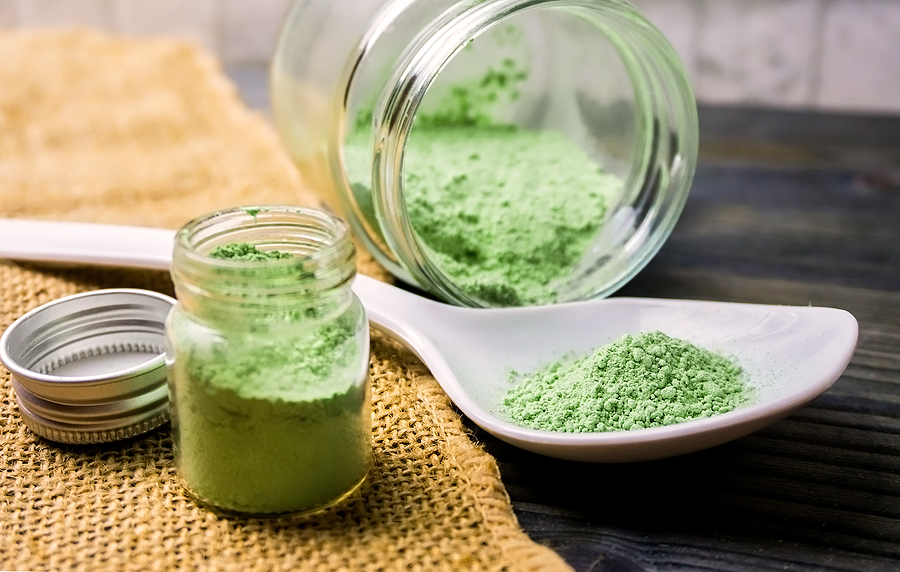Kratom, scientifically known as Mitragyna speciosa, is a tropical tree native to Southeast Asia, particularly in countries like Thailand, Indonesia, Malaysia, and Myanmar. For centuries, Kratom has been an integral part of traditional herbal medicine in the region.
This article explores the historical significance of Kratom, its traditional uses, contemporary applications, and the ongoing debate surrounding its safety and legality.
Historical Roots of Kratom
Table of Contents
The use of Kratom in traditional medicine dates back hundreds of years in Southeast Asia. Indigenous communities in the region have utilized Kratom leaves for their medicinal properties, often preparing them in various forms, such as infusions, teas, or chewable quids.
These communities have attributed a wide range of therapeutic effects to Kratom, making it a valuable resource in their traditional healing practices.
Pain Relief: Kratom has long been recognized for its analgesic properties. Local communities used Kratom leaves to alleviate pain caused by various ailments, from minor injuries to chronic conditions.
Energy and Stimulation: Certain strains of Kratom were historically consumed to boost energy levels, increase alertness, and combat fatigue. Laborers and workers would often chew Kratom leaves to enhance their productivity during long hours of manual labor.
Mood Enhancement: Kratom was also valued for its mood-enhancing effects. It was believed to relieve symptoms of anxiety, depression, and stress, helping individuals achieve a more balanced emotional state.
Digestive Aid: Kratom was used as a digestive aid, with some communities brewing Kratom tea to alleviate gastrointestinal discomfort and promote regular bowel movements.
Traditional Uses of Kratom
Chewing Leaves: The most traditional method of consuming Kratom involves chewing fresh leaves. In this practice, individuals would pluck Kratom leaves and chew them directly, releasing the plant’s active compounds.
Brewing Tea: Dried Kratom leaves were often used to make Kratom tea. The leaves were boiled in water, creating an infusion that could be consumed for its analgesic and stimulating effects.
Creating Herbal Poultices: Kratom leaves were sometimes crushed into a paste and applied topically as a poultice to treat wounds, bruises, and skin conditions.
Smoking Kratom: Although less common, some traditional users would dry Kratom leaves and smoke them in a similar fashion to tobacco.
Contemporary Applications of Kratom
In recent years, Kratom has gained attention beyond its Southeast Asian origins, sparking a growing interest in Western countries. This newfound interest has led to the emergence of various contemporary applications and forms of Kratom consumption. Some of the most notable applications include:
- Alternative Pain Management: Kratom has gained popularity as an alternative to prescription pain medications, particularly among individuals seeking natural remedies for chronic pain conditions. Some users report significant pain relief after consuming Kratom.
- Mood Enhancement: Kratom is used by some as a mood enhancer or to alleviate symptoms of anxiety and depression. Certain Kratom strains are believed to have mood-lifting properties.
- Stress and Anxiety Management: Some individuals turn to Kratom to manage stress and anxiety, relying on its calming and sedative effects.
- Energy and Focus: Kratom, particularly strains with stimulating properties, is used by others to increase energy levels and enhance focus, similar to the historical use of Kratom by laborers.
- Opioid Withdrawal and Addiction Recovery: There is ongoing research and anecdotal evidence suggesting that Kratom may assist in managing opioid withdrawal symptoms and supporting individuals in their journey to recovery from opioid addiction.
Controversies Surrounding Kratom
While Kratom has garnered attention for its potential medicinal benefits, it is not without controversy. The following are some of the key issues and debates surrounding Kratom:
- Safety and Side Effects: Kratom use is associated with various side effects, including nausea, vomiting, constipation, dizziness, and, in some cases, more severe adverse reactions. There have also been reports of dependency and withdrawal symptoms with prolonged use.
- Regulatory Status: Kratom’s legal status varies widely across countries and regions. Some countries have banned or strictly regulated Kratom, while others have allowed its sale and consumption. In the United States, Kratom’s legal status is a subject of ongoing debate and regulation. Here is the list of Kratom for sale that are lab tested.
- Lack of Standardization: The quality and potency of Kratom products can vary significantly from one supplier to another. This lack of standardization poses a challenge for users seeking reliable and consistent effects.
- Contamination and Adulteration: There have been instances of Kratom products being contaminated with harmful substances or adulterated with other drugs. This raises concerns about product safety and purity.
- Scientific Research: While there is anecdotal evidence and some preliminary research on Kratom, there is a need for more comprehensive scientific studies to better understand its pharmacological effects, safety profile, and potential benefits and risks.
Conclusion
Kratom’s role in herbal medicine has a rich and deep-rooted history in Southeast Asia, where it has been used for centuries to address various health concerns.
In recent years, it has gained popularity beyond its traditional borders, attracting attention for its potential therapeutic properties, particularly in pain management, mood enhancement, and addiction recovery. However, Kratom is not without its controversies, including concerns about safety, regulation, and quality control.
As interest in Kratom continues to grow, it is essential to approach its use with caution and responsibility.
Users should be well-informed about its potential benefits and risks, and policymakers should consider evidence-based regulations that balance access with safety. Additionally, further scientific research is needed to better understand Kratom’s mechanisms of action and its potential applications in modern herbal medicine.
Image Source: BigStockPhoto.com (Licensed)
Site Disclaimer
The cultivation, distribution, and possession of Kratom maybe a crime under federal law. Keep all Kratom and Kratom products out of reach of children and animals. Intoxicating effects of Kratom and Kratom products may be delayed. Use of Kratom while pregnant or breastfeeding may be harmful. Consumption of Kratom and Kratom products impairs your ability to drive and operate machinery, please use extreme caution.
Related Categories: Smoking, Reviews







